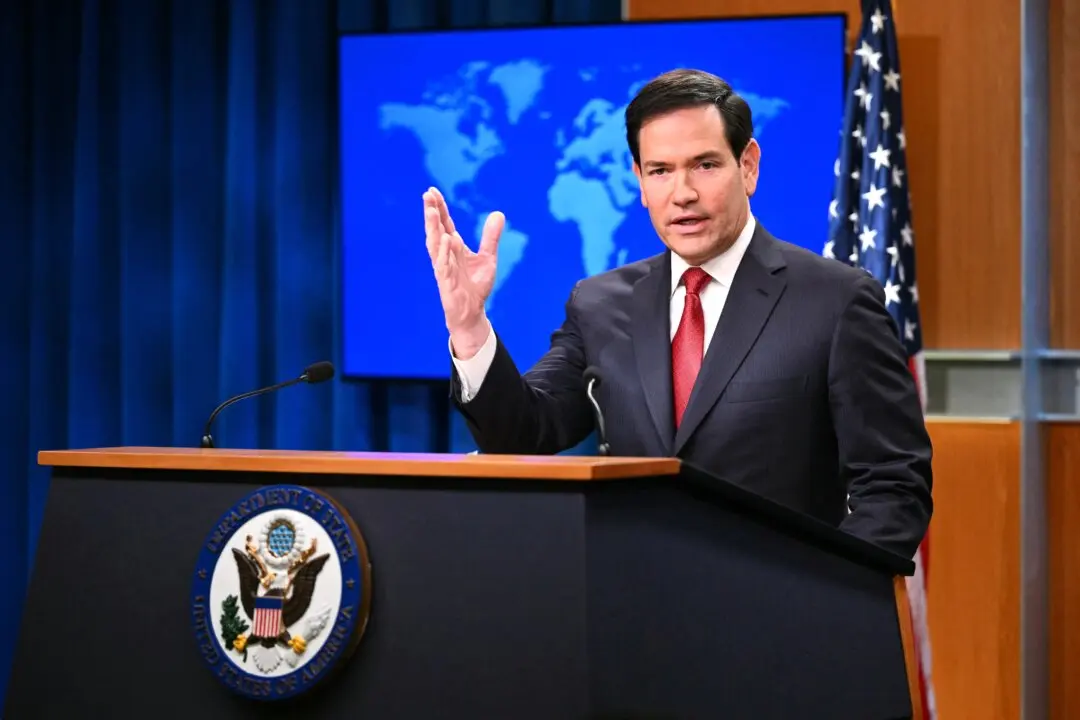Imagine the sound of a hundred voices coming together to interpret works by some of the greatest composers in history, with the ideas of transcendence, beauty, and compassion resonating between the chorus and audience.
It can be undeniably festive to be in the presence of such a vast sound and sharing it with hundreds more in the audience. It can also be contemplative, convey a sense of nostalgia, longing, or a host of any other emotions, in great waves.
Soprano Angela Brown says for her, singing is like flying. But even better, singing is a way to enable others to really feel.
Brown is typically a soloist. She remembers the goosebumps she got while performing Aida at the Metropolitan Opera House for the first time; she has incredible memories of being in fully adorned in costume and makeup and bringing characters from the classics to life. “I can just fly and be something, someone totally different,” she said.
Then there is a different, but just as thrilling, experience in singing as part of an ensemble.
There is no stage costume or set to hide behind, she said. You have to bring only yourself and be just as committed.
Brown remembers being in a narrow basilica in Paris, singing the Verdi Requiem to a rapt audience, in such close proximity to the other singers and the audience that she could see them breathe and absorb every note.
“There’s something about the synergy of singing with the chorus that just makes you feel like one,” Brown said.
There are soloists in choral singing as well, and the Beethoven’s Symphony No. 9 performance she will be giving with the National Chorale on Nov. 18 at Lincoln Center has four. But even the soloists sing together, which requires attention to blending and to creating a synergy with the other three singers, Brown said.
When everyone is on the same page, when singers create a sense of camaraderie, it creates a togetherness that Brown said can communicate so many feelings to the audience.
New York is home to a diversity of amateur, semi-professional, and professional choral groups who sing works from antiquity to the 21st century with a wide range of roots, in a variety of languages, giving audiences much to explore. Around this time of year, they make the effort to put together grand performances, and our major venues like Lincoln Center and Carnegie Hall bring thousands in to witness, or even sing, these large, encompassing pieces.
Epoch Times spoke to those preparing for major performances this season about what makes for a great choral concert.






